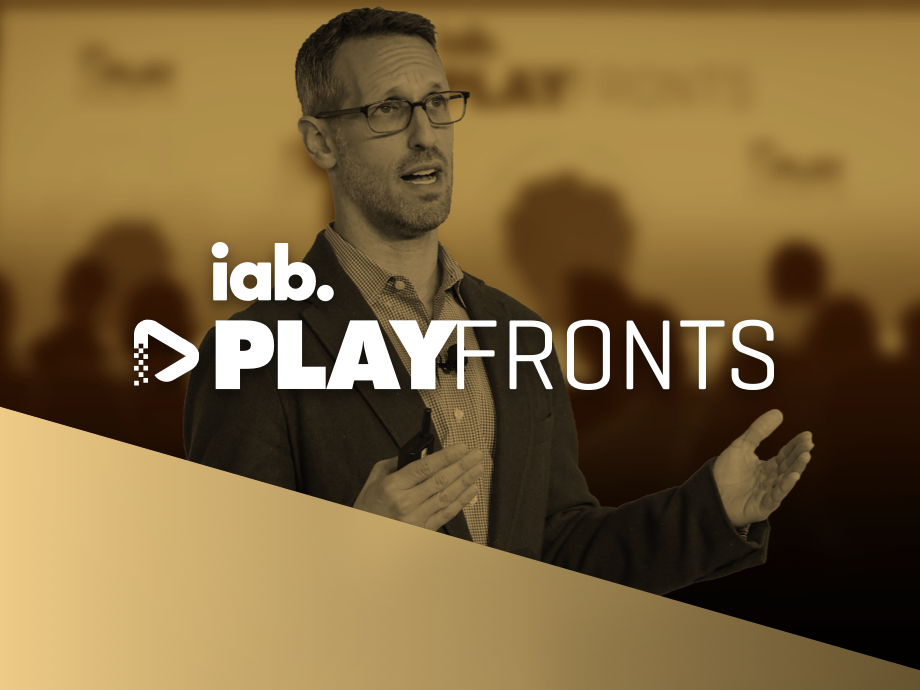With Us

Blog
The Fandom Phenomenon: How Brands Can Harness the Passion of Gaming Fans
7 minute read
Your average video game enthusiast, football viewer, and rock music aficionado have more in common than you might suspect.
Though all of these labels may bring very different images to mind, they’re united by the fact that they describe fans of a particular form of media. Put simply, fans are those that find common ground and community with others through a shared passion. The same underlying phenomenon draws thousands to assemble in arenas or millions to an online lobby for a game — community, and in some cases a sense of identity, can form through a common connection to any media with which we actively and frequently engage.
We become fans of the media, characters, stories, or pursuits that speak to us at a deeper level. We feel a sense of ownership and belonging around these media, be they a sports team or a formative rock band of our youth, because we have emotionally invested a part of ourselves in them.
As such, marketers have long recognized the power of fandoms from the shared emotional and social connections that they evoke. Fandoms are formed around media that are uniquely affective (as in, stirring emotions), which in turn can be very effective (as in, yielding results) for savvy marketers. By leveraging media with a fandom, marketers have the opportunity to “borrow” the affinity that fans have and apply it towards a brand. Informally, this means leveraging a “halo” effect — wherein marketers drive affinity for a brand by being within the halo of passion fans have for their media.

While there are no hard and fast rules as to what kinds of media will ignite these kinds of attachments, some are certainly more primed than others. In particular, video game fans are often seen as uniquely passionate because fandoms thrive where fans can engage with media in a participatory manner. It follows that media which is interactive by nature would be uniquely attractive to fans. Moreover, the stories, characters, and settings of these interactive worlds can take on meaning for fans not unlike a popular movie or comic book, be it through a sense of nostalgia or the fact that players have been given agency within these virtual worlds.
It is for this very reason that the biggest TV and movie hits in the last year have leveraged video game IP. While new IP is risky and difficult to launch, many video games have existing fandoms that are already well established. Critically, and in a shift from how video games were represented by TV and movies in earlier decades, these shows stayed true to the source material of the games. By respecting the essential elements of these games that fans could identify with, the TV and movie producers were not just catering to fans but leveraging the power of what made these games successful in order to produce new, uniquely successful forms of media.
Being conscious of the perspective of fans speaks to the double-edged nature of fandoms. While leveraging media with established fandoms allows for the passion of these fans to be tapped, there is a risk that running against the interests of fans can yield a negative experience. Marketing in video games has sometimes been viewed as risky for this very reason — video game fans have been seen as particularly passionate, and therefore unwelcoming to outside interventions or interruptions.
However, there is something to be learned about working with fandoms from recent TV and movie adaptations — as noted, these projects were successful because they recognized that fans had expectations around how the game would be represented. Similarly, marketers assessing opportunities within gaming should recognize the power of the fandoms therein — by respecting the passion of the players, and integrating with the game in a way that complements rather than intervenes with the game experience, these passions can become a strategic asset rather than a liability.
As a practical example, recent research conducted by Activision Blizzard Media found that players see in-game brands in titles such as Call of Duty: Mobile as 1.7x more credible. Compared to non-fans, Call of Duty: Mobile fans were also 3x more likely to think a brand was premium if it advertised in the game. The power of fandom extends to a multitude of long-standing franchises: compared to the general US population, Candy Crush Saga players are 20% more likely to purchase from brands advertising in their favorite games.
As such, the opportunity for brands to tap into the passion of gaming fandoms is immense, but the needs and expectations of the fans must be kept top of mind while doing so. As gaming becomes a larger part of the media landscape, understanding gaming fandoms will become all the more important for brands — the best first step is starting with the longstanding and much beloved IP that exists in the current gaming landscape to understand how your brand can be a positive influence for the fan’s experience.
About the Author
Jonathan Stringfield is VP Global Business Research & Marketing at Activision Blizzard and the author of Get In The Game: How to Level Up Your Business with Gaming, Esports, and Emerging Technologies. At Activision Blizzard he oversees the global team responsible for creating impactful in-game advertising experiences, supplying studio teams with evidence-based insights to drive innovation, delivering industry-leading research and measurement solutions and driving best-in-class marketing activations.
Previously, Jonathan was Director, Marketing Insights and Analytics at Twitter where he was responsible for all measurement and ad effectiveness research for the US advertising business. Prior to that, Jonathan was an early member of Facebook’s measurement solutions research team and led demographic research for Nielsen’s TV and media research services. Jonathan is a regularly published contributor/speaker who has been featured in The Wall Street Journal and authored bylines in TechCrunch, AdWeek and Venturebeat focusing on the intersection of gaming, business and consumer research. He holds a PhD in Sociology and boasts a Gamescore of nearly 19k.
Advertise
With Us
Let's Start By Getting Connected
THE LATEST NEWS & CONTENT
Mobile Gaming: The Common Denominator Among All Game Players
In the increasingly diverse world of gaming, reaching unique, valuable audience segments offers a significant opportunity for brands and advertisers.
Why Multiplatform Players are More Receptive to Advertising
As the gaming industry continues to take its place in the entertainment ecosystem, understanding the different audience segments becomes increasingly critical for brands looking to tap into this lucrative market.
IAB PlayFronts 2024 Recap
The IAB PlayFronts 2024 marked a significant milestone in the digital entertainment sphere, bringing together industry innovators to share insights and chart the future of interactive media for the third year in a row.









